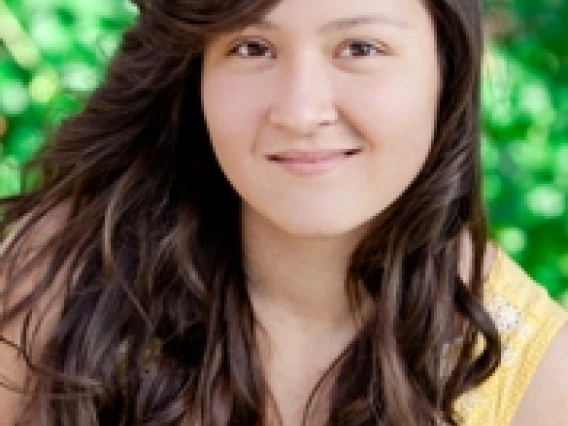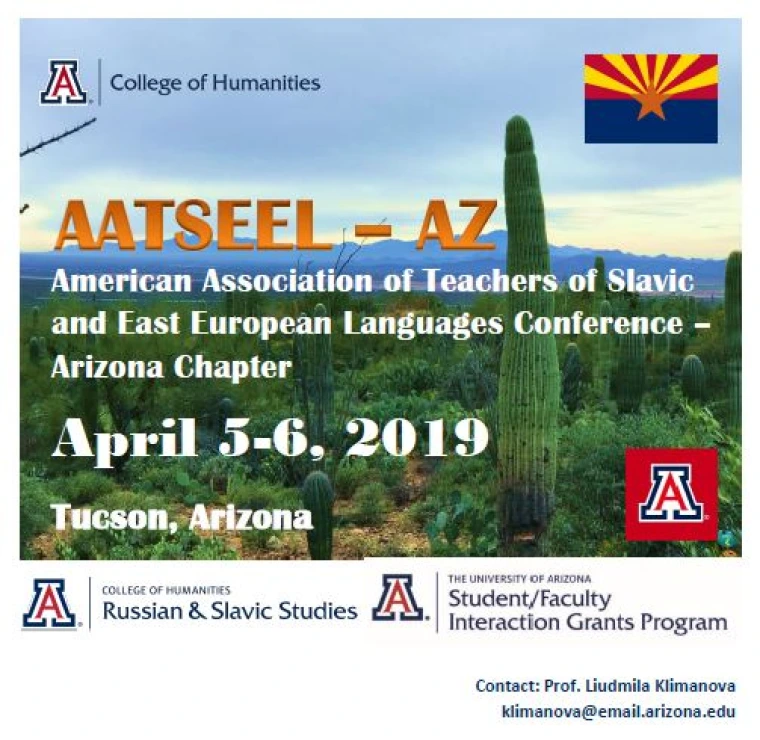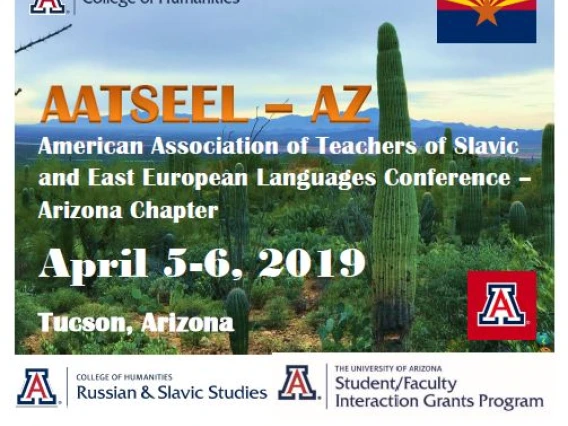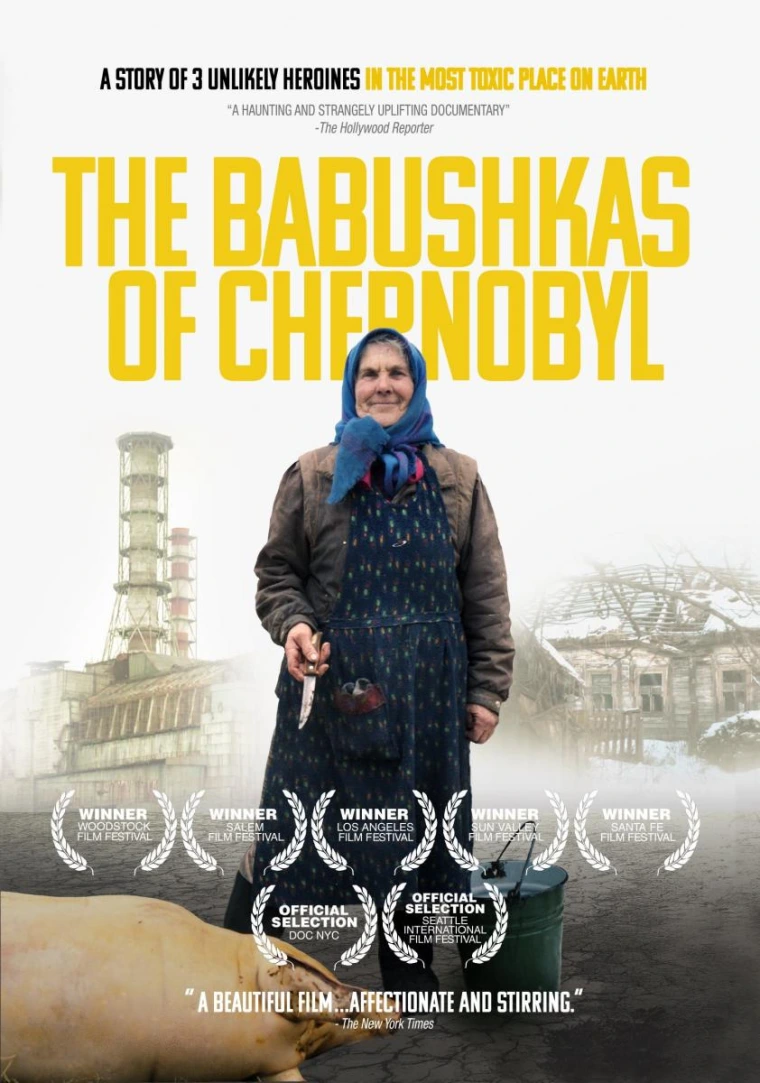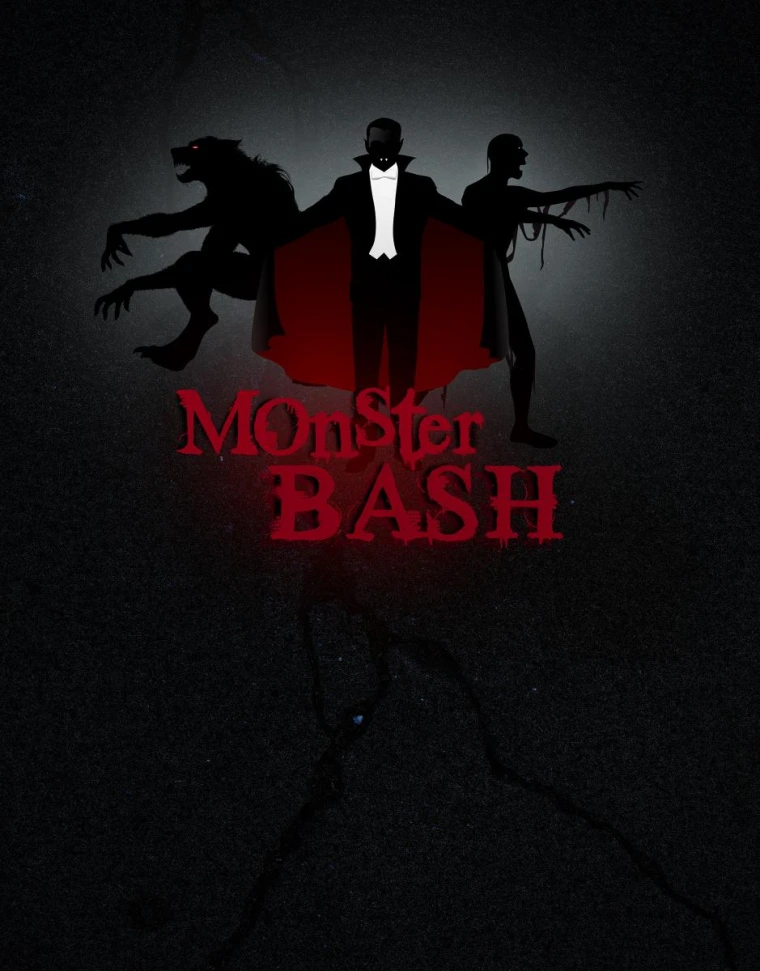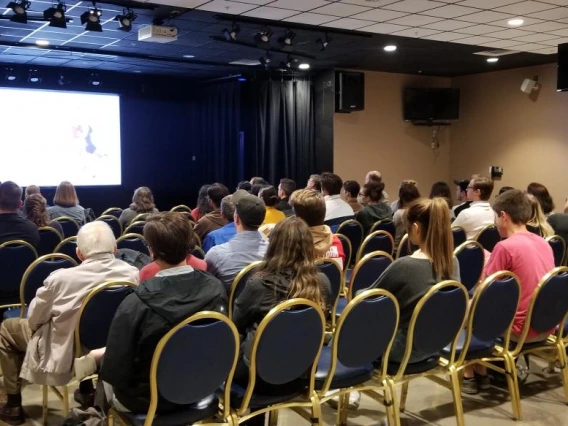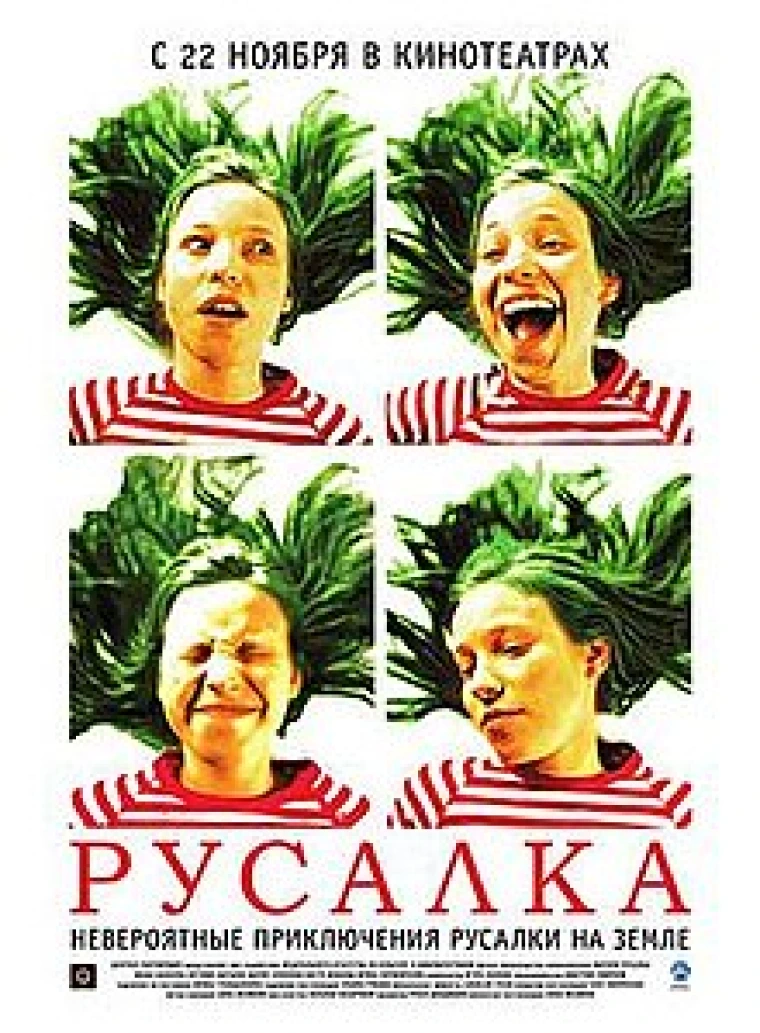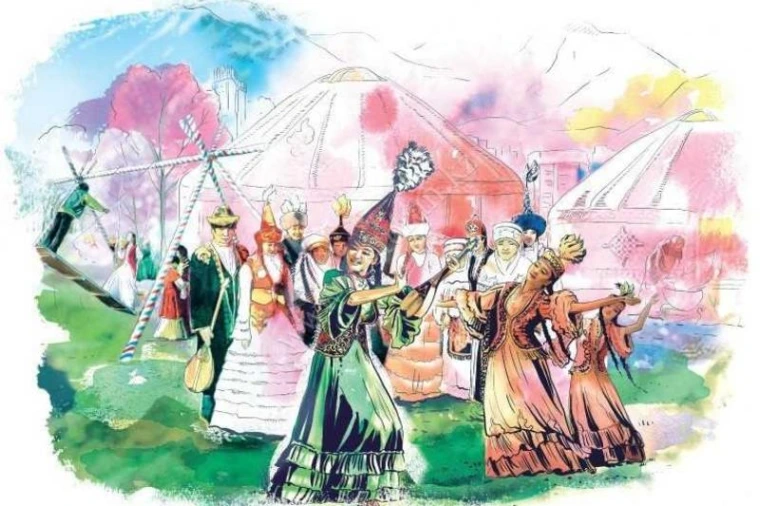2019 AATSEEL–Arizona Conference
The University of Arizona
Department of Russian and Slavic Studies
April 5-6, 2019, Tucson
Attendees: Please register for conference here.
Friday, April 5 – Location - Modern Languages Building (MLB) (1423 E. University Blvd)
2:00 – 2:50 Pre-session– Graduate Colloquium, MLB410
Chair: Dr. Liudmila Klimanova
Natalia Sletova, University of Arizona
“Pushkin as a Prophet of the Russian Civilization”
Jiahao Zhou, University of Arizona
“The performativity of “Socialist Realism” in early Soviet Movies”
3:00 – 4:50 Pre-Conference Event, MLB 412: “Teaching Russian with Real World Language: A Hands-On Workshop on Data-Driven Language Teaching”, led by Anna Katikhina and Aleksey Novikov, SLAT, University of Arizona
Saturday, April 6 – Presidio Room- The Student Union Level 4 (1303 E. University Blvd)
8:30 Breakfast
9:00 Opening Remarks – Dr. John Leafgren, Head of Department of Russian and Slavic Studies
9:10– 9:50 Invited Speaker – Dr. Ana Hedberg Olenina, Arizona State University
“Poetry as Movement: Sofia Vysheslavtseva’s Theory of Verse between Formalism and Plastic Dance”
Introduction: Dr. Liudmila Klimanova, University of Arizona
9:50 Break
10:00 – 11:20 Panel 1: Culture and Identity
Chair: Prof. Suzanne Thompson
Erica Glenn, Arizona State University
“Song as Expression of Ukrainian Identity in the Ukrainian War (2013-present)”
Theodora Brown, Barrett, the Honors College, Arizona State University
“Constructing Soviet Community in Six Objects”
Helen R. Durst, University of Arizona
“Culture, Politics, and the Purity of Mathematics”
11:20 Coffee Break
11:30 – 12:50 Panel 2: Women and Literature
Chair: Dr. Colleen Lucey
Dr. Hilde Hoogenboom, Arizona State University
“Noble Sentiments and the Rise of Russian Novels”
Michelle Ort, University of Arizona
“Women, Class, and Socialism in the Writings of Natal’ia Baranskaia”
Irina Potapova, University of Arizona
“Three “Unknown ladies” of A. Blok”
12:50 – 2:00 Lunch on your own (Student Union) \AATSEEL-AZ Executive Committee Meeting
2:10 – 3:10 Panel 3: Politics and Nationalism
Chair: Dr. Benjamin Jens
Dr. Robert Niebuhr, Arizona State University
“Yugoslav Press and the Imagination of China: 1948–1958”
Emma Anderson, University of Arizona
“The New Era of Nuclear Uncertainty”
3:10 - Coffee Break
3:20– 4:40 Panel 4: Trauma and Conflict in Literary Texts
Chair: Dr. Anastasiia Gordiienko
Alexey Shvyrkov, University of Arizona
“Outliving the Collapse: Trauma and Memory in Contemporary Russophone Kazakhstani Literature.”
Valentina Vinokurova, University of Arizona
“Script, Language, and Identity in Anuar Duisenbinov’s “Iazyk Dovedem””
Sarah Erickson, University of Arizona
“A Cerebral Symphony: The dichotomy of the Nietzschean Apollonian and Dionysian as interpreted by Andrey Bely in Petersburg”
4:40 Closing Remarks
